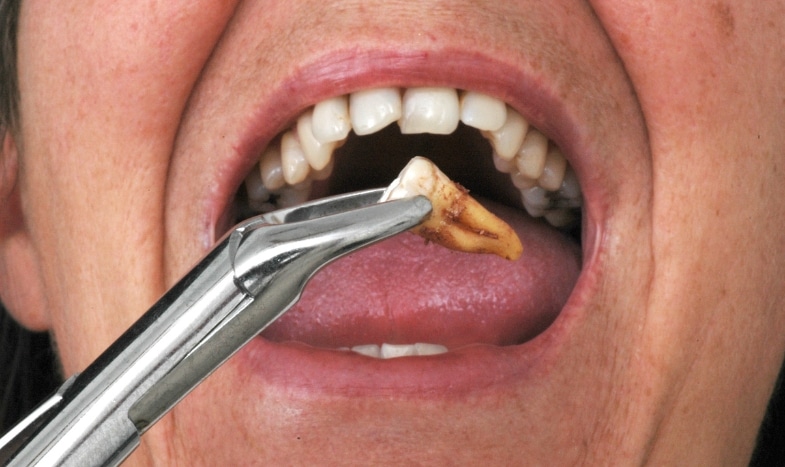
Which Tooth Extraction is The Most Painful?
Tooth extractions are the extreme dental procedures dentists undertake to stop the spread of dental infections. You might also need an extraction if you suffer from tooth overcrowding. You should not avoid this procedure due to dental fear, as it can lead to severe dental complications. So are tooth extractions painful? Today’s modern dentistry always prioritizes the comfort of patients. There are multiple sedatives, including anesthesia, which can ensure that you experience a painless extraction. Complexities associated with the procedure generally vary depending on the tooth you are looking to extract. In this blog, we will understand the different types of tooth extractions and which ones are more challenging for dentists.
Wisdom Tooth Extractions
There is a popular misconception that all wisdom teeth require extraction, but that is untrue. Only impacted teeth need removal, as this can damage the adjacent tooth. However, wisdom teeth extractions are the most complex procedure. You won’t have to worry about it, as dentists can conduct the procedures effectively. Positioning of the wisdom teeth primarily makes this procedure complex. These teeth are generally deeply rooted and surrounded by vital nerves; removing bone and cutting tissues might be necessary. Sedatives can take care of the pain during the procedure, and painkillers after the procedure.
Canine Teeth: Deep Roots And Strategic Positions
Canines generally have the deepest and longest roots. Removing them can be tricky, especially if they are impacted or yet to erupt fully. However, canines can be the deciding factors in ensuring facial aesthetics. Removing canines can lead to lengthy tooth extractions in Riverside. Based on the procedure and oral conditions of individuals, dentists use higher forms of sedatives. You will not even feel a single bit of pain while the extraction happens. Strictly follow your dentist’s guidelines to eliminate discomfort and quickly recover after the procedure.
Molar: Large Surface Area And Wider Roots
The most prominent teeth in your mouth are the first and last molars, with multiple roots. Due to their size, it might be difficult for your dentist to remove molars compared with other teeth. Do you know about the use of molars? It is naturally present in everyone’s mouth and is used for grinding food. Dentists often extract molars in sections depending on their condition. The tooth extraction time for removing molars can be lengthy, and sedatives are provided accordingly.
Baby Teeth with Persistent Roots
While baby teeth usually fall out on their own, there are instances where tooth extractions become necessary. Sometimes, a baby tooth’s root does not fully dissolve, preventing the permanent tooth from erupting correctly. Baby tooth extractions are generally straightforward and quick. Dentists just need to be careful about the permanent teeth present underneath.
Teeth with Infection or Bone Loss
Teeth affected by severe gum disease or infection may be more delicate during extraction. Inflammation or bone loss around the tooth can alter its stability and make the process less predictable. Dentists take special care in these cases, often using diagnostic tools like X-rays to plan the extraction thoroughly. Antibiotics and sedatives are used during the procedure to ensure patients’ comfort.
Complexity Varies, But Comfort Comes First
While some tooth extractions are more involved than others, modern dentistry prioritizes patient comfort and successful outcomes. Wisdom teeth tend to be the most complex due to their location and potential for impaction, but every case is unique. Tooth extractions are not painful these days, with the modernization of dentistry. Never avoid it just out of dental anxiety.



